Head of Medusa Unearthed in In Ancient City Of Antiocheia Ad Cragum, Turkey
First version of this article was published on August 12, 2015
MessageToEagle.com – The head of Medusa, a Greek mythological creature who turned all that gazed upon her into stone, has been unearthed during excavations in the ancient city of Antiocheia Ad Cragum in the southern province of Antalya’s Gazipasa district, Turkey.
Antiochia ad Cragum was an ancient Hellenistic city on Cragus mountain overlooking the Mediterranean coast, in the south coastal region of Asia Minor, south of the central Anatolian plateau.
It had temples, baths, markets and colonnaded streets, and thrived during the empire from an economy focused on agricultural products, especially wine and lumber.
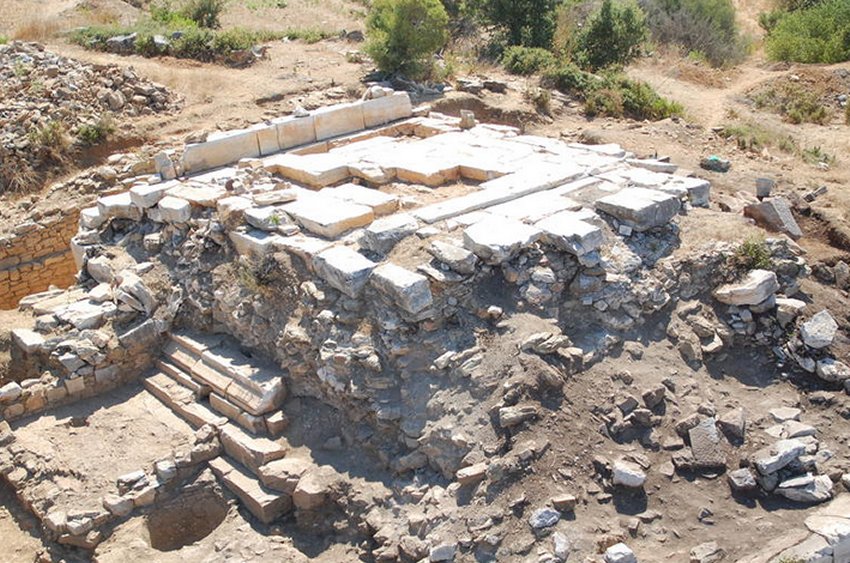
It’s a part of the world with a very long history, and there is evidence of Hittite settlement going back to 2000 BC.
However, it is also known that this coast was settled long before that.
The remains of Antiochia ad Cragum are located within the confines of the modern Turkish village of Güney, located approximately 12 kilometers SW of the town of Gazipasa in the district of Antalya on the south coast.
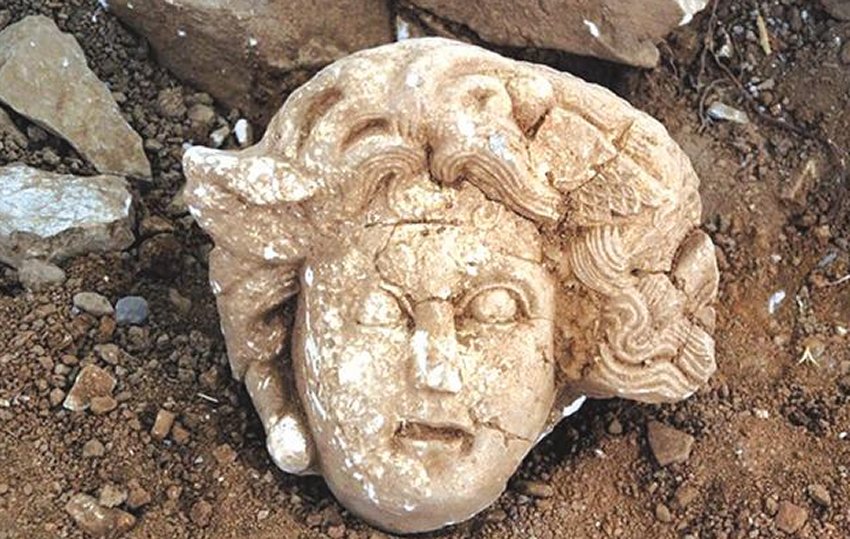
The site is extensive, with area of approximately three hectares.
Among ruins there are fragments of baths, a market, a colonnaded street with gateway, a large early Christian basilica, monumental tombs, and a temple, along with several unidentified structures.
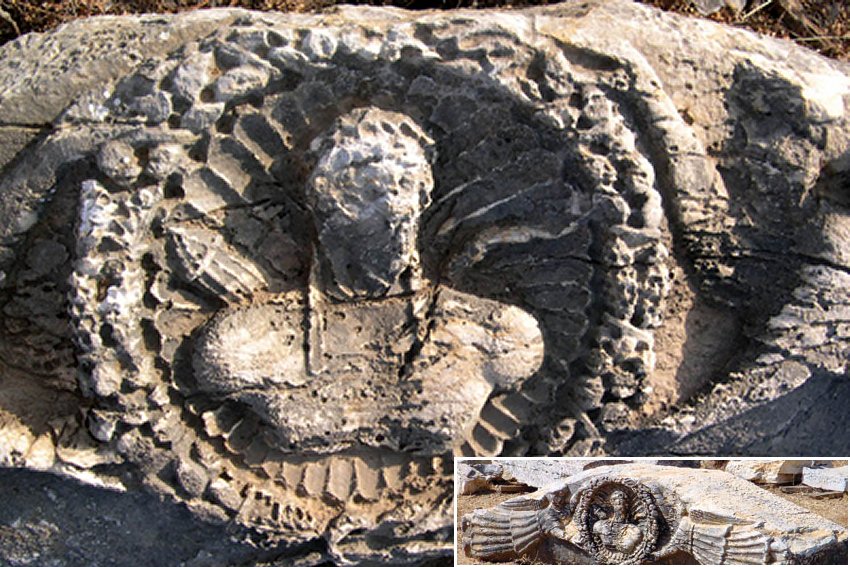
Antiochia is mentioned by several ancient sources as an important Roman commercial center and during the Byzantine era the city was a seat of a Christian bishopric.
‘We have found the Medusa figure … among the marble blocks of a big structure, most probably a temple,’ said Nebraska University’s Michael Hof, who is heading the excavations.
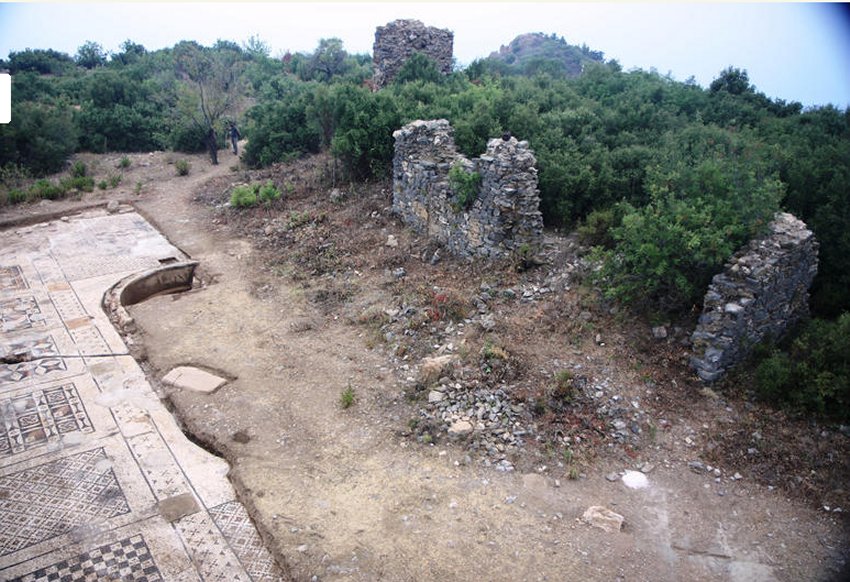
‘This is a normal human-size head, maybe a bit bigger. It does not belong to a sculpture but a relief located in the front façade of the temple. It was found nearly a week ago. When the excavation is finished, it will be delivered to the Alanya Cultural Directorate.’
The excavations started in Antiocheia Ad Cragum in 2005 and was continuing with collaboration from Turkish and U.S. officials.
MessageToEagle.com
source:
Related Posts
-
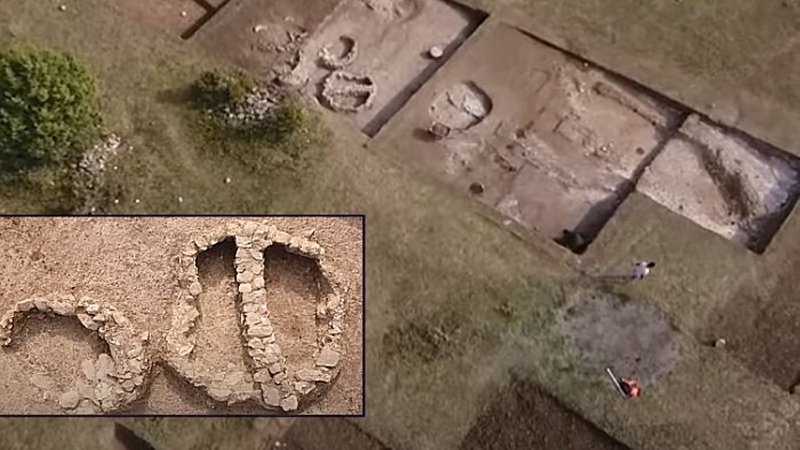 Göbeklitepe-Like Kahin Tepe Is Oldest Worship Place In Black Sea Region – Interesting Finding
No Comments | Sep 30, 2020
Göbeklitepe-Like Kahin Tepe Is Oldest Worship Place In Black Sea Region – Interesting Finding
No Comments | Sep 30, 2020 -
 Nubian Woman Weret Was Buried With A Heart Scarab In Egyptian Tomb
No Comments | Mar 3, 2016
Nubian Woman Weret Was Buried With A Heart Scarab In Egyptian Tomb
No Comments | Mar 3, 2016 -
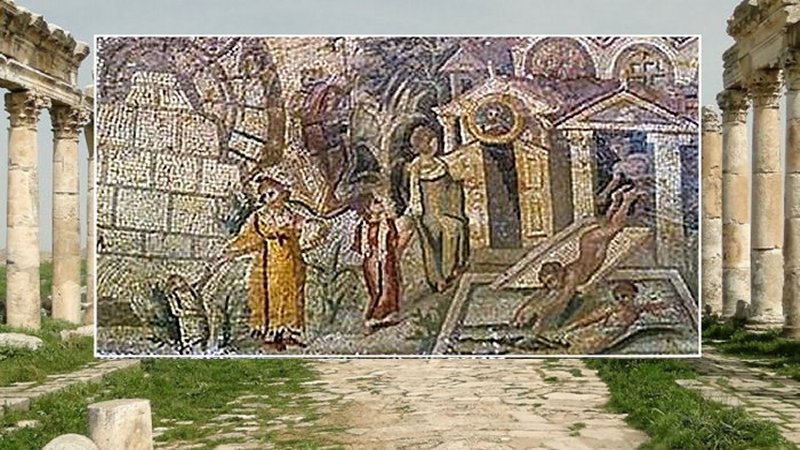 1,700-Year-Old Depiction Of A Hydraulic Water Wheel On A Roman Mosaic – Analyzed
No Comments | Dec 9, 2020
1,700-Year-Old Depiction Of A Hydraulic Water Wheel On A Roman Mosaic – Analyzed
No Comments | Dec 9, 2020 -
 Ancient Mantis-Man Petroglyph Discovered In Teymareh, Iran
No Comments | Mar 16, 2020
Ancient Mantis-Man Petroglyph Discovered In Teymareh, Iran
No Comments | Mar 16, 2020 -
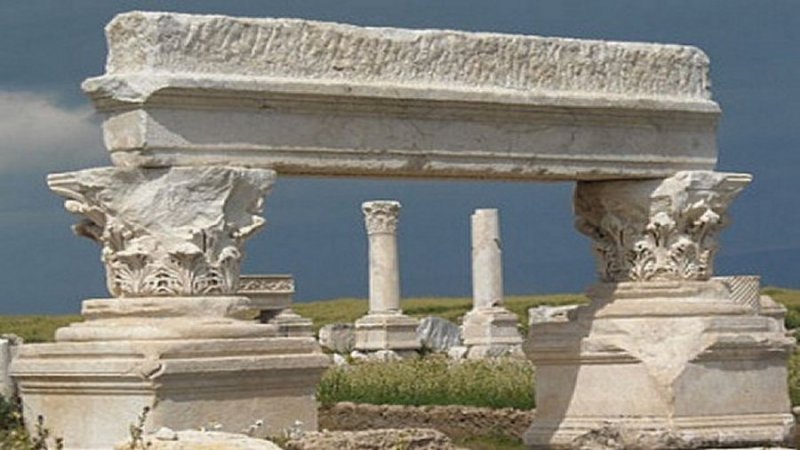 Christian Church And Large House Unearthed In Ancient Laodicea, A Major Hub Of Christianity
No Comments | Oct 31, 2020
Christian Church And Large House Unearthed In Ancient Laodicea, A Major Hub Of Christianity
No Comments | Oct 31, 2020 -
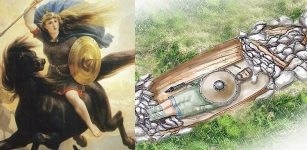 Was The Mysterious Powerful Viking Warrior Buried In A Ship In Scottish Highlands A Woman?
No Comments | Feb 12, 2017
Was The Mysterious Powerful Viking Warrior Buried In A Ship In Scottish Highlands A Woman?
No Comments | Feb 12, 2017 -
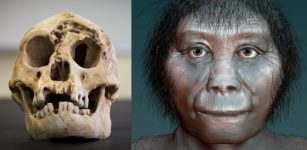 Has The Mystery Of The Hobbits Finally Been Solved?
No Comments | Apr 21, 2017
Has The Mystery Of The Hobbits Finally Been Solved?
No Comments | Apr 21, 2017 -
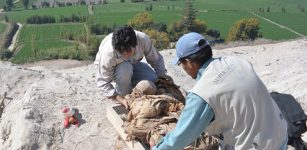 Twelve Human Trophy Heads, One Feline Trophy Head Found In Toro Muerto Cemetery , Arequipa, Peru
No Comments | Nov 3, 2015
Twelve Human Trophy Heads, One Feline Trophy Head Found In Toro Muerto Cemetery , Arequipa, Peru
No Comments | Nov 3, 2015 -
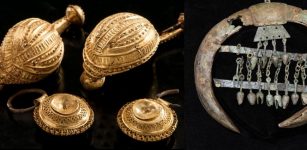 Outstanding 2,600-Year-Old Jewelry Found In Burial Chamber Of Celtic Princess In Hallstatt, Austria
No Comments | Jan 24, 2017
Outstanding 2,600-Year-Old Jewelry Found In Burial Chamber Of Celtic Princess In Hallstatt, Austria
No Comments | Jan 24, 2017 -
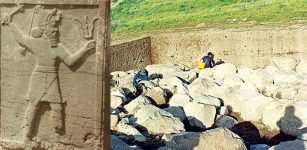 Ruins Of Ancient Temple Dedicated To Storm-God Zippalanda Worshipped By Hittites Discovered
No Comments | Jul 2, 2016
Ruins Of Ancient Temple Dedicated To Storm-God Zippalanda Worshipped By Hittites Discovered
No Comments | Jul 2, 2016
